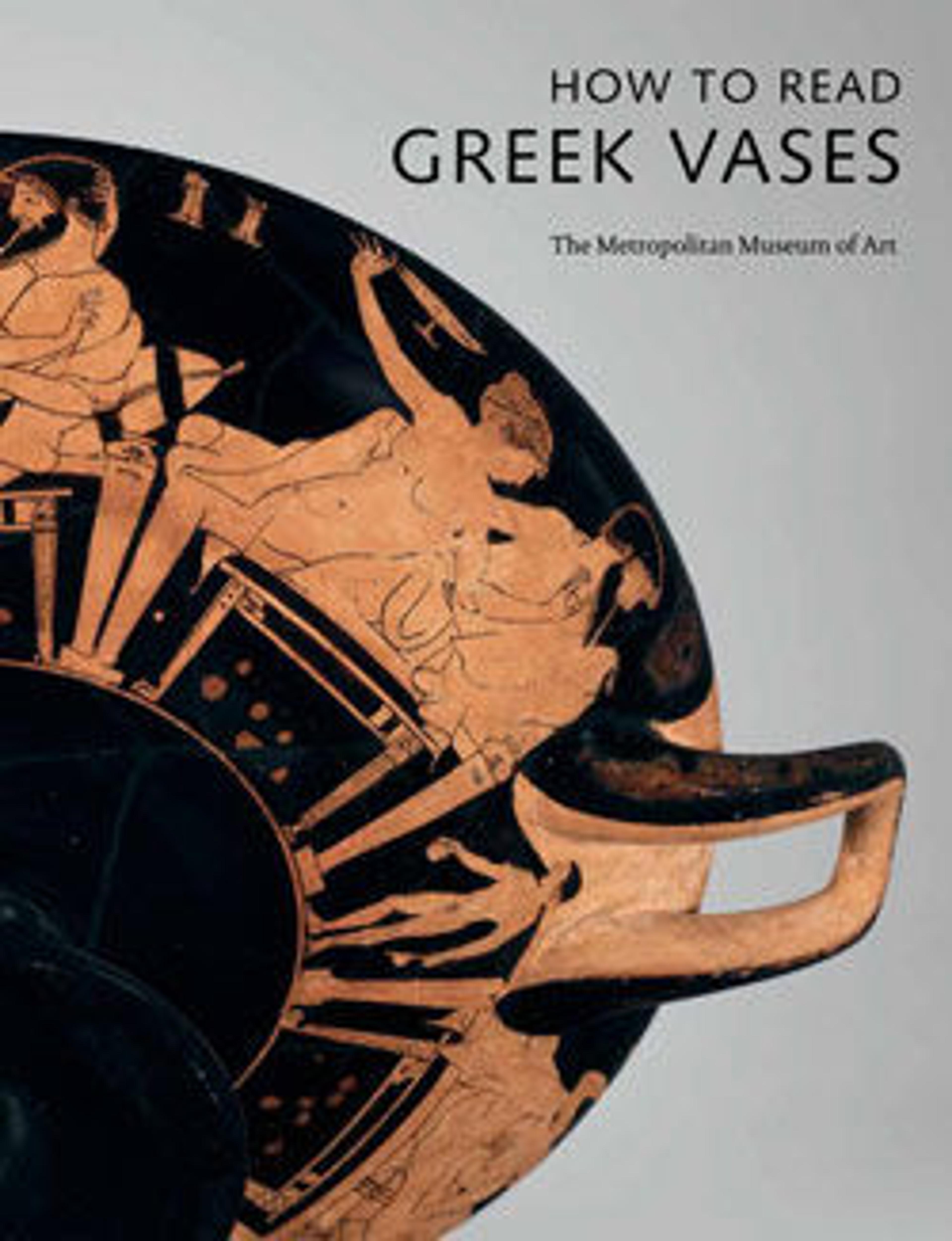Origin of the Greek Vase
In a 1911 interview, Rodin described his discovery of this pose during a session with a model. He spoke of recognizing in her form "a vase with exquisite curves, the amphora which contains the life of the future within." Rodin was keenly interested in antique vases—he amassed a collection of more than six thousand vases of ancient, medieval, and Asian origin. The "vase-woman" became a recurring motif in his drawings during the first decade of the twentieth century.
Artwork Details
- Title:Origin of the Greek Vase
- Artist:Auguste Rodin (French, Paris 1840–1917 Meudon)
- Date:1900–1910
- Medium:Graphite, watercolor, and gouache
- Dimensions:19 3/8 x 12 5/8 in. (49.2 x 32.1 cm)
- Classification:Drawings
- Credit Line:Gift of Thomas F. Ryan, 1913
- Object Number:13.164.2
- Curatorial Department: Drawings and Prints
More Artwork
Research Resources
The Met provides unparalleled resources for research and welcomes an international community of students and scholars. The Met's Open Access API is where creators and researchers can connect to the The Met collection. Open Access data and public domain images are available for unrestricted commercial and noncommercial use without permission or fee.
To request images under copyright and other restrictions, please use this Image Request form.
Feedback
We continue to research and examine historical and cultural context for objects in The Met collection. If you have comments or questions about this object record, please contact us using the form below. The Museum looks forward to receiving your comments.
